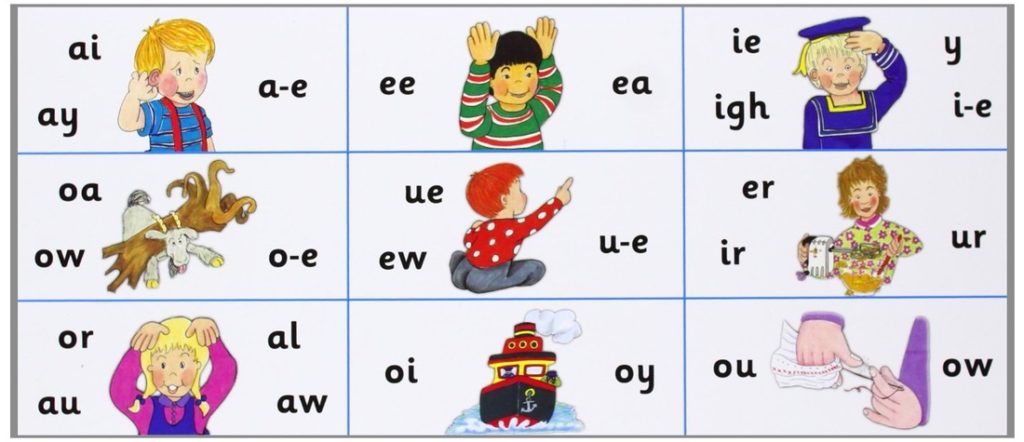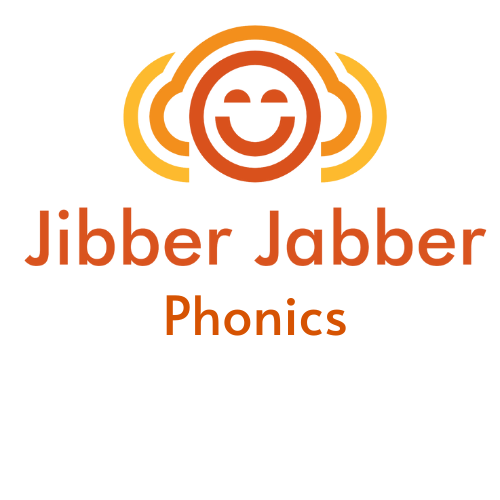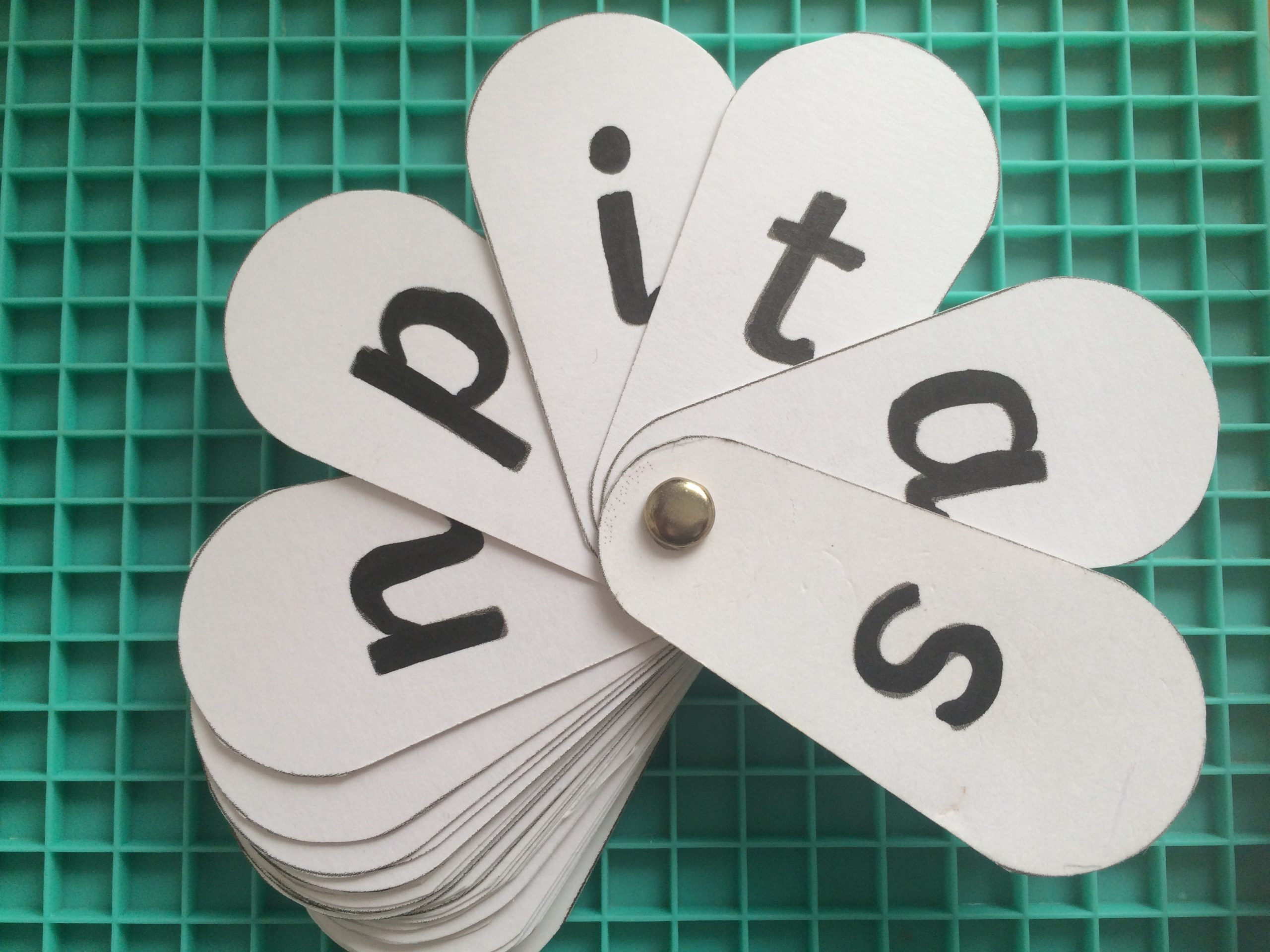Phonics is the skill of matching the sounds that we use to speak with one letter or a group of letters. Phonics gives learners the tools to unlock letter codes to read and write without the mystery.
Letters of the English alphabet have names and sounds. We use the names of letters when we are spelling a word and the sounds (phoneme) of letters to read. The English alphabet has 26 letters, but these 26 letters convert into 42 sounds. Let me explain; the letter /k/ has one written form and makes one sound as in king and kite. The letters /c/ (as in cat) and /ck/ (as in sick) also make the same sound as /k/ but are written differently. So, there are three ways to write one sound.
We call these alternative spellings. There are lots of them in English. For example, the sound /or/ has three alternatives that we teach in the early stages. /al/ as in talk, /au/ as in August, /aw/ as in awful.

Synthetic phonics is a method of teaching the letter sounds first and then blending these sounds together to make words. It means that children don’t have to guess the sound in a word because they have the skills and knowledge to decode the sound to make a word.
When I was a young learner, I didn’t learn phonics at school. I struggled for many years with reading and writing independently because I hadn’t learnt the skills to decode letters into sounds. When I was reading books, I would sometimes just skip the word if I couldn’t read it, or I would guess the word. With synthetic phonics methods and skills, guessing is not necessary! Phonics teaches students to blend and segment words.
Blending and Segmenting
When a student is blending a word, they are pushing the sounds together to make a word. There are lots of methods to teach blending. You can hold up a finger for each sound in a word. CAT has three sounds /c/ /a/ /t/. Rock also has three sounds /r/ /o/ /ck/ but rock has four letters. This is blending, we are not teaching spelling at this stage. We want our students to hear the sounds in a word.
When a student is segmenting, they are pulling the sounds out of a word, individually, from memory. CAT is a straightforward word to blend and segment. ROCK, on the other hand, has three ways to spell the last sound (phoneme). In the early stages of segmenting, it is not too important which letter (grapheme) they use when there are alternatives. The important bit, in the beginning, is knowing that there are three sounds in the word. So in the early stages rock may be spelt /rok/ /roc/ or /rock/.

Students need these skills to decode words to become effective readers and writers from an early age. They can then use these sounds and recycle them into other words.
What we do need to remember when we are teaching phonics is that we are teaching letter sounds. We’re not teaching vocabulary and we’re not teaching them the meaning of words. We are just teaching them how to decode, blend and segment these sounds so they can recall them from memory and recycle the sounds as they are reading other words in other stages.
Stages of a phonics programme
To prevent students having difficulties throughout their phonics journey, it is important to master each stage of a phonics programme. Each stage concentrates on between five and seven letter sounds. In stage one it is usual to teach the sounds /s/ /a/ /t/ /p/ /i/ /n/ as these are very common sounds in the English language. Once these six sounds have been mastered by a student there are lots of simple 2 to 9 letter words that can be blended and segmented. Here are some examples; it, tin, spit, pants, assist, insists, assistant.
It’s important to master each stage of a phonics programme before you move on to the next. It would be unfair to expect a student to be able to read and write independently with sounds that they haven’t mastered themselves as yet.
Letter Formation
It is also important to remember letter formation. The letters on a page to a student are just squiggles and while we are teaching the sounds never forget to teach how these squiggles are properly written. Drawing the letter in the air with your finger is great for little ones to practice the formation of a letter before picking up a pencil to write it. Young learners need some time to develop their fine motor skills to make writing less painful for them when they start to use a pencil.
Life Skills
Learning to blend and segment sounds in words is a life skill that you are teaching your students. Even today sometimes I have to think about how to spell a word. I still don’t decode as effectively as I could had I been taught phonics from the beginning. So, speaking from personal experience, learning phonics from an early age is a life skill. These skills will support them throughout their school career, onto further education where words become more complex and then taking it with them into their chosen career for more specialised words.
To get started on your phonics journey take a look at my free mini course which will help you to overcome your fear, build confidence and discover how powerful teaching phonics is. I look forward to seeing you there!


0 Comments